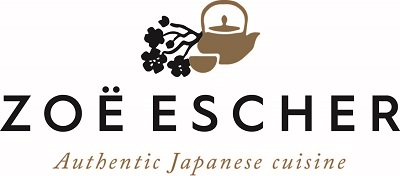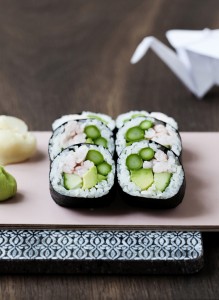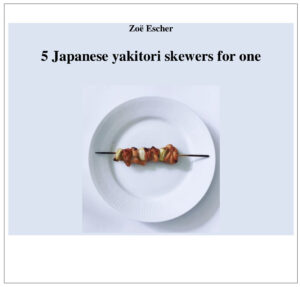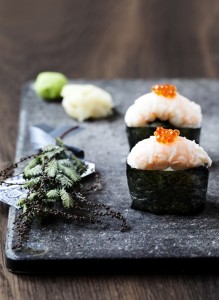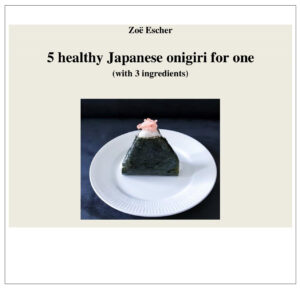What is most often eaten on New Year’s Eve depends somewhat on where in the country you live, there is a big difference between what family and friends eat on New Year’s Eve in countryside and in the capital.
For many years, the New Year’s menu has often consisted of beef tenderloin as a main course, a starter with fish or shellfish and a delicious dessert. A number of years ago I began to see a shift. Especially in recent years, it has gained momentum.
Times have changed in Denmark. Today sushi is the dish most often served on this special evening. On the last evening of the year, most people want to enjoy a delicate and tasty dinner. For many, fish, shellfish and bubbles are particularly delicious.
A sushi dinner can be put together in many different ways so that everyone who takes part in the dinner leaves the table full and happy.
The last sushi course of the year will be held on 18 December. You learn step by step how to make tasty sushi from scratch. You will also get tips on where to find ingredients that are also suitable for a New Year’s dinner.
Read more about Sushi course for beginners
_
Zoë has lectured and held sushi courses for A. P. Moller – Maersk, Hugo Boss Nordic, Novo Nordisk, Novartis, Velux, Gorrissen Federspiel, Beierholm revision, Elbek & Vejrup and many more.
